The story of Au Sable took shape in the rivers, forests and trails of northern Michigan where three friends shared a vision and passion for ecology and environmental stewardship.
From Nature Camp to Environmental Institute - The Story of Au Sable
Au Sable began with one man's dream to establish a summer nature camp for youth which evolved into the organization known today as Au Sable Institute.
In 1961, Dr. Harold Snyder set out to establish the Au Sable Trails Camp for Youth in lower northern Michigan, a camp which focused on the combination of creation care and a camping experience for boys. He enlisted the help of three colleagues in this undertaking - John Olmstead, G.W. Mouser and Eldon Whiteman. The friends found the original site though a connection of Mouser's, and with a loan from Snyder's father, they purchased the property. The men used the borrow funds to build the first basic structures on the property, repaying the loan out of their own pockets.
As a professor at Taylor University in Upland Indiana, Dr. Snyder realized that the Au Sable site would be an ideal venue for field experience for Taylor biology students. Thus Au Sable began its evolution from boys' camp to educational enterprise for college students. Students from Greenville College and Spring Arbor University soon began coming to Au Sable in the summers as well.
In 1963, Dr. Snyder enlisted the help of a teaching colleague, Bert Froysland, to work with him at Au Sable. Froysland, his wife Mae, and their two children headed to the Au Sable site each summer thereafter to help run the camp. Froysland also managed the camp's finances and contributed toward paying off the mortgage.
One of the most remarkable episodes in Au Sable's history can be traced to Louie Kleinschmidt, a local resident who became interested in Au Sable. Kleinschmidt was no environmental scientist, but he appreciated the opportunities that Au Sable offered to campers. He remained connected to the camp over the course of his lifetime, and upon passing, bequeathed 80 acres of land to Au Sable. Not only was the gift a tremendous addition to the camp, but it also turned out to be a huge blessing in another way: a rich oil reef was discovered 7,000 feet beneath the surface of the donated land. This discovery changed the history of Au Sable forever.
In 1979, Au Sable Trails Camp for Youth officially became known as the Au Sable Institute and was registered as a 501(c)3 organization. The transition from camp to educational institution involved a major shift in the facility's operations and management. The founders realized that they would need a dynamic leader to guide the new Institute forward and build its reputation within the academic community. Dr. Cal DeWitt, often referred to as the modern day father of Christian environmentalism, was asked to take on the role of Executive Director of the Institute and led the organization for 25 years.
Au Sable became well-known among colleges and universities for its robust field-based courses in environmental science and environmental studies. DeWitt's reputation as a champion for Christian environmentalism brought needed recognition and prestige to Au Sable and contributed to its growth. In a bold move, DeWitt made a decision in 1999 to purchase a significant wildlife preserve on Whidbey Island, WA, which became Au Sable's Pacific Rim Campus. With its unique access to mountains and the Pacific coast, the Au Sable - Pacific Rim has expanded Au Sable's course offerings and the experiences of its students.
Today, Au Sable is a highly-regarded educational organization that provides a wide variety of environmental science courses each year to students from over 50 participating Christian colleges, with classes in northern lower Michigan, Washington state and Costa Rica. Au Sable is a valued resource in educating and inspiring future leaders in Christian environmental science to make a difference in the world.



